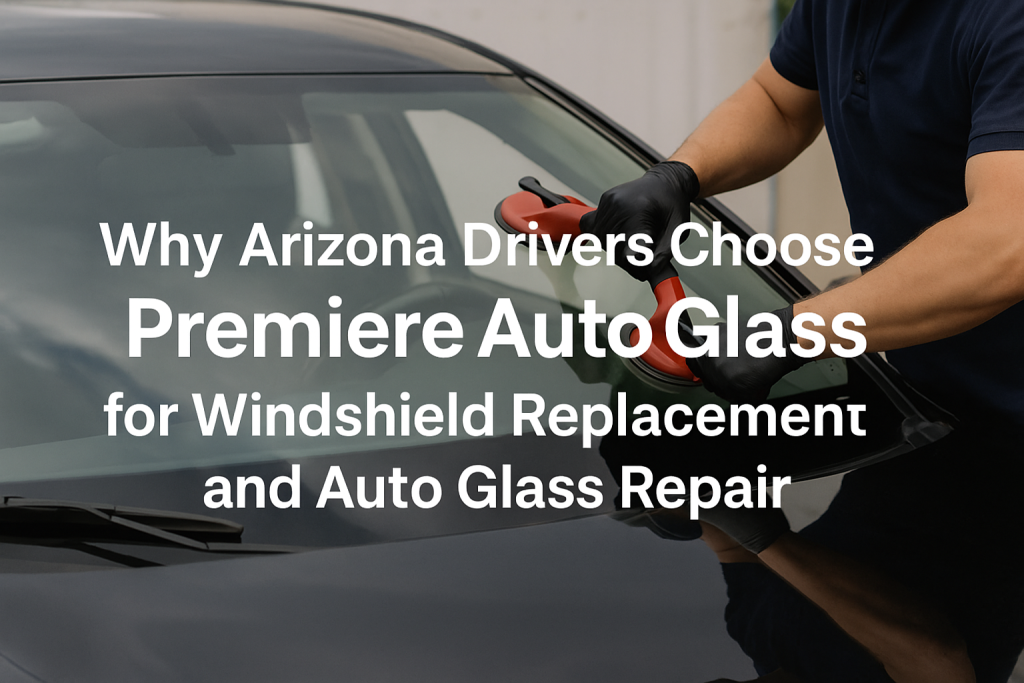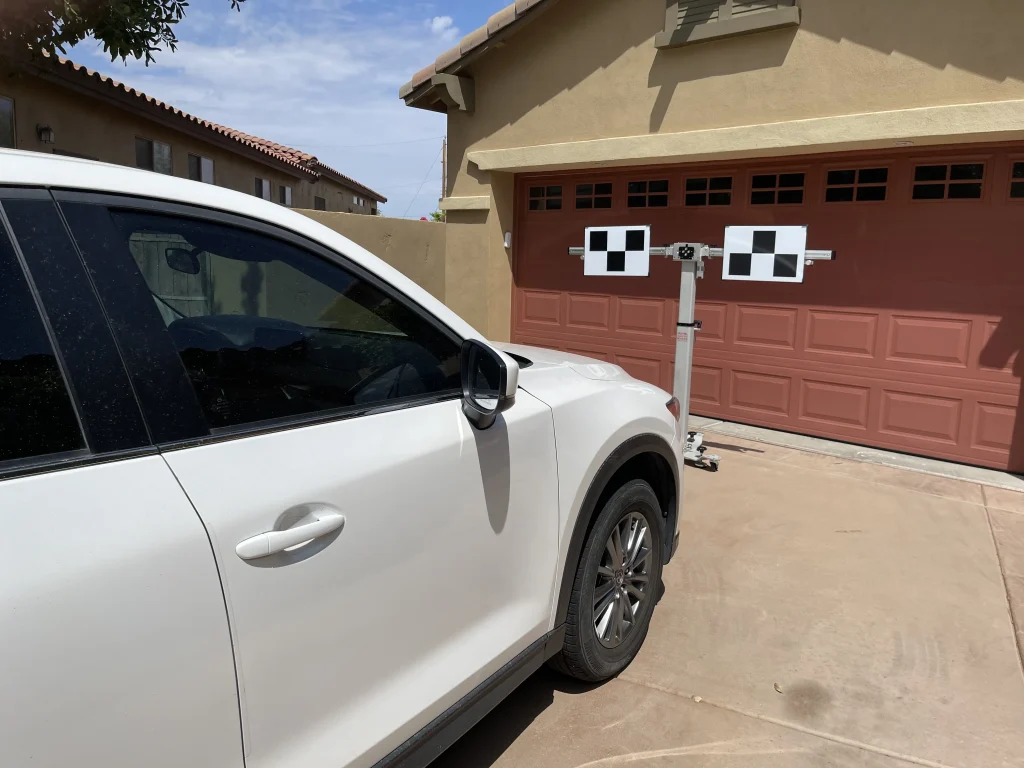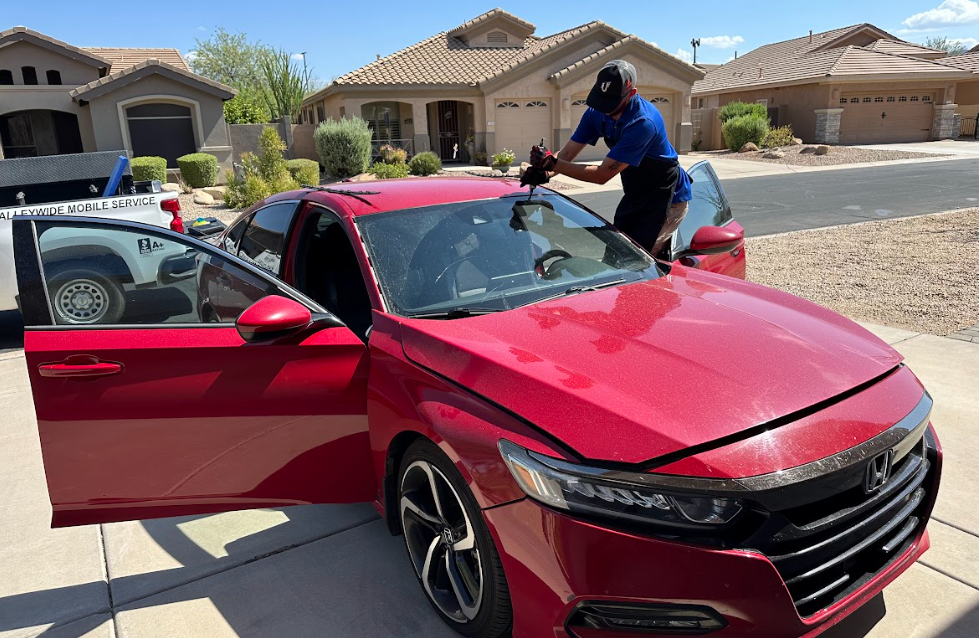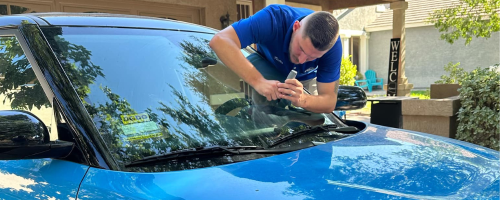Nitrogen vs Air In Tires: Have you ever wondered if there’s a better option than plain old air for your car tires? Well, wonder no more! Nitrogen inflation has become increasingly popular among performance car enthusiasts and those seeking extended tire life. But is it hype, or are there real benefits? Let’s inflate our knowledge and see how nitrogen vs air in tyres.
Air: The Familiar Friend
Compressed air, the kind you find at most gas stations, has been the go-to tyre inflation method for decades. It’s readily available, easy to use, and, most importantly, free (unless you’re paying for air at a car wash!). Air is about 78% nitrogen, 21% oxygen, and 1% other gases. So, why consider something else?
Nitrogen: The Inert In contender
Nitrogen is a gas that makes up a large portion of regular air, but nitrogen filling uses pure or nearly pure nitrogen. The key difference? Nitrogen is an inert gas that doesn’t readily react with other substances. This stands in contrast to oxygen, which can contribute to the degradation of tyre rubber over time.
Regular compressed air is about 78% nitrogen, 21% oxygen, and 1% other gases.
Argument 1 Nitrogen vs Air In Tires- Permeability
One of the main arguments for nitrogen inflation is its ability to maintain pressure for longer periods. Air molecules are smaller and more likely to permeate through the rubber tyre lining than larger nitrogen molecules. This slow leak can lead to underinflated tires, negatively affecting the handling, fuel efficiency, and tire wear. Nitrogen, with its larger molecules, escapes at a slower rate, potentially helping tyres maintain pressure for longer.
Argument 2 Nitrogen vs Air In Tires – Temperature Fluctuations
Another factor affecting tyre pressure is temperature. As temperatures rise, the air inside the tire expands, increasing pressure. The opposite happens when temperatures drop. While air and nitrogen are affected by temperature, some argue that nitrogen experiences less pressure fluctuation with temperature changes due to its stable nature.
Proper tyre pressure can improve fuel efficiency. Studies by the Department of Energy show that properly inflated tyres can improve fuel efficiency by up to 3.3%.
Benefits vs. Drawbacks
Nitrogen’s Advantages:
- Slower pressure loss: Nitrogen molecules are larger than oxygen molecules, reducing the rate of pressure loss over time. Nitrogen is less likely to react with other materials, reducing the tire’s corrosion risk.
- Less pressure fluctuation: Nitrogen-filled tires experience less pressure fluctuation with temperature changes than oxygen-filled tires, providing more consistent performance. Using nitrogen in tires can improve fuel efficiency and prolong tire life.
- Reduced oxidation: Nitrogen helps to reduce oxidation within the tire, which can extend the rubber’s lifespan and prevent deterioration. Nitrogen-filled tires can also provide a smoother ride due to more consistent pressure levels.
- Dry filling: Dry filling with nitrogen eliminates moisture inside the tire, reducing the risk of rust and corrosion. This can improve the tyre’s safety and longevity.
Nitrogen’s Disadvantages:
- Cost: Filling tires with nitrogen can be more expensive than using regular air, as specialized equipment requires. However, the long-term benefits may outweigh the initial investment for some drivers. Overall, tire nitrogen can provide several advantages that improve performance and longevity.
- Availability: While nitrogen is becoming more readily available at tyre shops and service stations, it may not be as widely accessible as regular air. Some drivers may find it inconvenient to locate a facility that offers nitrogen-filling services.
- Top-up Compatibility: Nitrogen can be mixed with regular air if needed for a top-up, but a higher percentage of nitrogen is recommended for optimal performance. Additionally, some tyre manufacturers recommend using nitrogen for specific types of tyres to maximize their lifespan and efficiency.
Air’s Advantages:
- Cost-effective: One advantage of using regular air is that it is more cost-effective than nitrogen. Additionally, regular air can be easily filled at most gas stations and does not require special equipment like nitrogen.
- Convenience: Another advantage of using regular air is the convenience of topping up your tires easily and quickly at any gas station. This can be especially helpful in emergencies where nitrogen is unavailable.
- Compatibility: Regular air is compatible with all types of tyres, making it a versatile option for most vehicles. However, due to its higher moisture content, regular air may result in slightly faster tire wear than nitrogen.
- Longer pressure retention: Nitrogen-filled tires maintain pressure longer than air-filled tires, reducing the need for frequent monitoring and inflation. Improved fuel efficiency and tyre longevity: By maintaining proper tyre pressure, nitrogen can help improve fuel efficiency and extend the lifespan of tyres.
Air’s Disadvantages:
- Faster pressure loss: Air-filled tyres tend to lose pressure more quickly than nitrogen-filled tyres, requiring more frequent monitoring and inflation. This can lead to decreased fuel efficiency and tyre longevity over time.
- Potential for moisture: Air can contain moisture, leading to corrosion and rust within the tire, potentially affecting performance and safety. Regularly checking tire pressure and considering using nitrogen for longer-lasting pressure retention is recommended.
So, Nitrogen vs Air In Tires? The Verdict Depends
The decision between air and nitrogen inflation depends on your driving habits and priorities. Compressed air might be adequate for casual drivers who regularly check their tire pressure. However, for those who:
- Drive high-performance vehicles
- Value extended tyre life
- Want to minimize the need for frequent pressure checks
Nitrogen inflation might be a worthwhile investment.
Conclusion of Nitrogen vs Air In Tires
The battle between air and nitrogen for tyre inflation isn’t a clear-cut victory for either side. Air, the readily available and free option, does the job for most drivers. However, nitrogen offers potential benefits in slower pressure loss, reduced temperature fluctuations, and potentially extended tire life. For those who prioritize the performance or convenience of less frequent pressure checks, nitrogen inflation might be a compelling choice.
Ultimately, the best choice depends on your individual needs and driving habits. Remember, consistent monitoring and maintaining proper tire pressure, whether air or nitrogen, is essential for safety and optimal tire performance.
Premier Auto Glass Cares About Your Safety
At Premier Auto Glass, we understand the importance of safe driving. Proper tire maintenance, including correct inflation pressure, is crucial for optimal vehicle performance and driver safety. Whether you choose air or nitrogen inflation, we recommend consulting your car’s owner’s manual and a trusted automotive service professional for guidance.
FAQs about Nitrogen vs Air In Tires
Q: Is nitrogen inflation worth the cost?
A: It depends on your priorities. If you’re a casual driver who checks tyre pressure regularly, air might be sufficient. However, nitrogen could be a good investment for those who value extended tire life, minimize pressure checks, or drive performance vehicles.
Q: Can I top up nitrogen-filled tyres with regular air?
A: Yes, but it will dilute the benefits of nitrogen. While topping up with air in a pinch is okay, for maximum benefits, stick with nitrogen for top-ups.
Q: Where can I get nitrogen inflation?
A: Not all gas stations offer it, but some tire and repair shops do. You can also purchase nitrogen tanks for home use.
Q: How often should I check my tyre pressure?
A: Regardless of whether your tires are filled with air or nitrogen, it is recommended that you check your tire pressure at least once a month and before long trips.




























